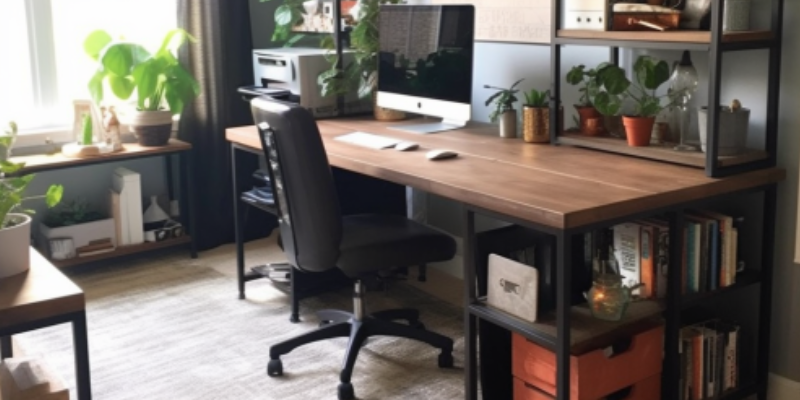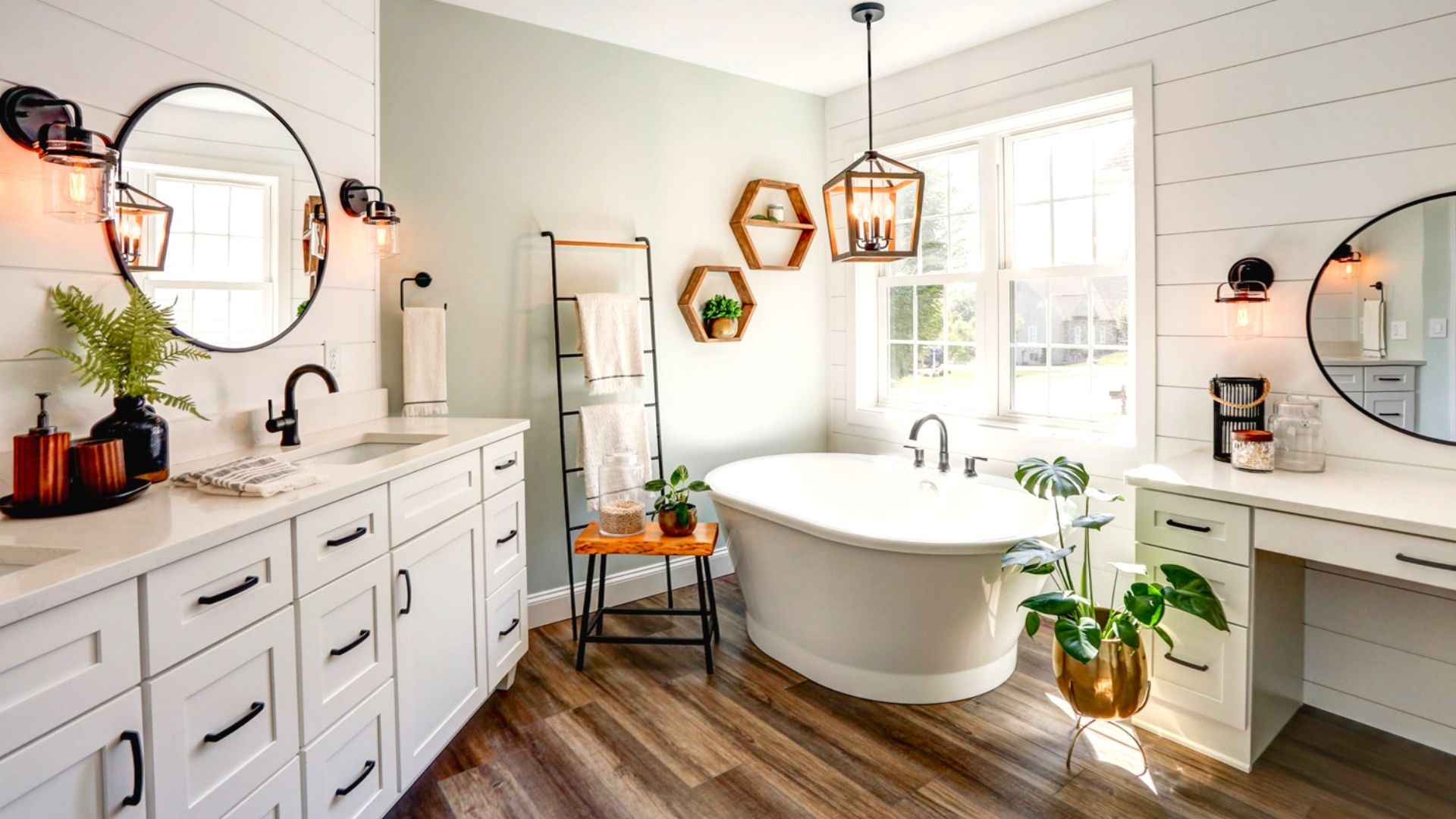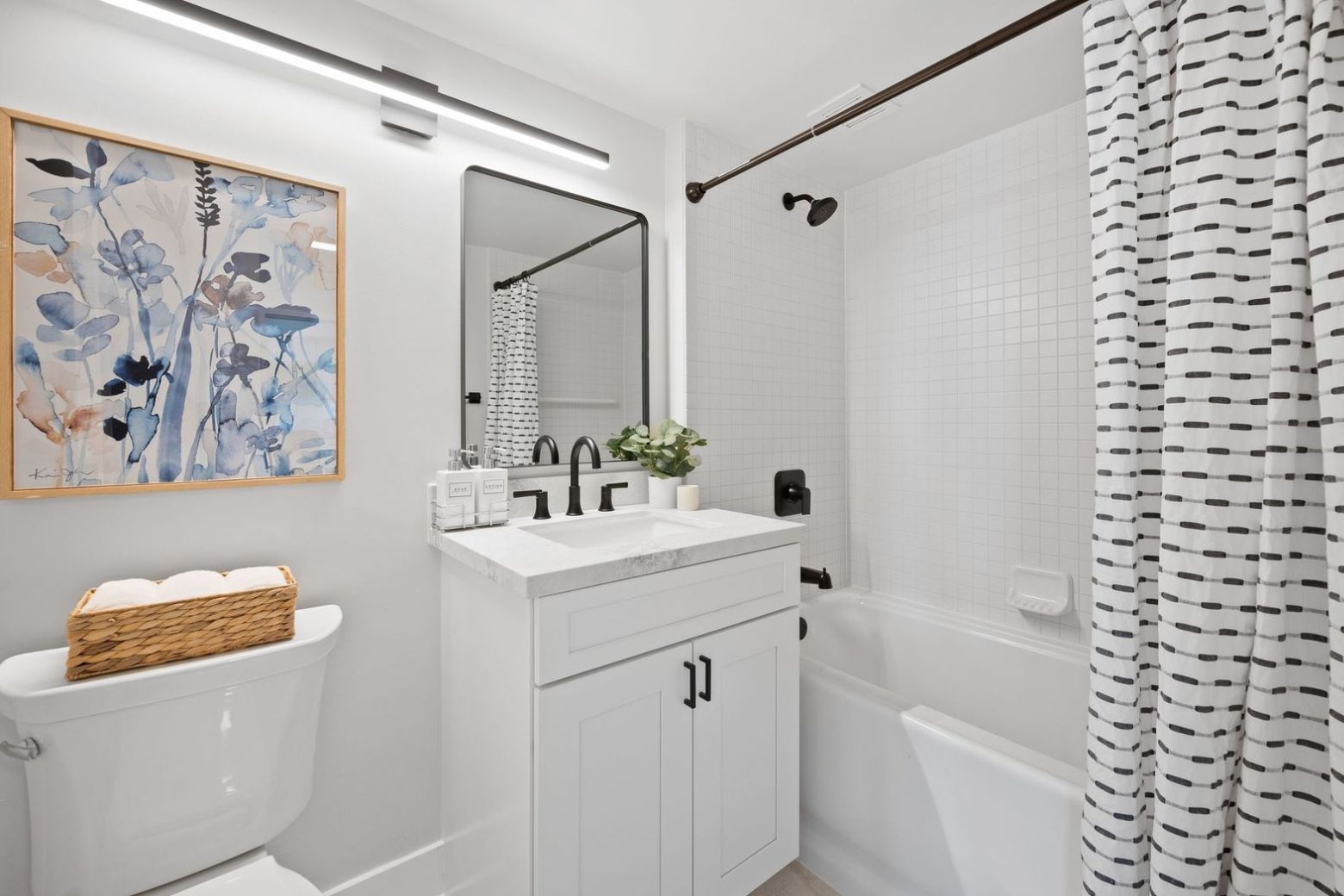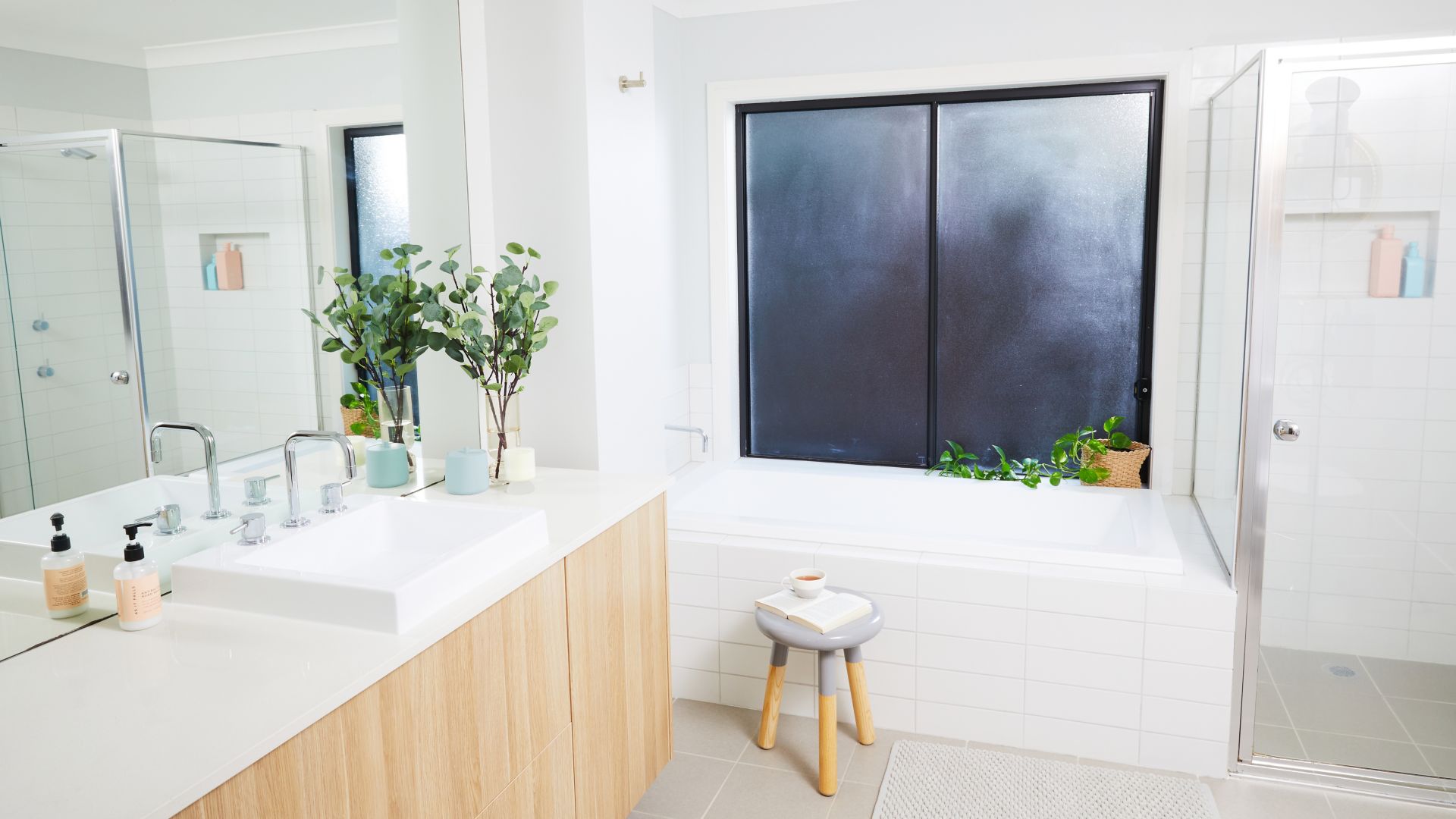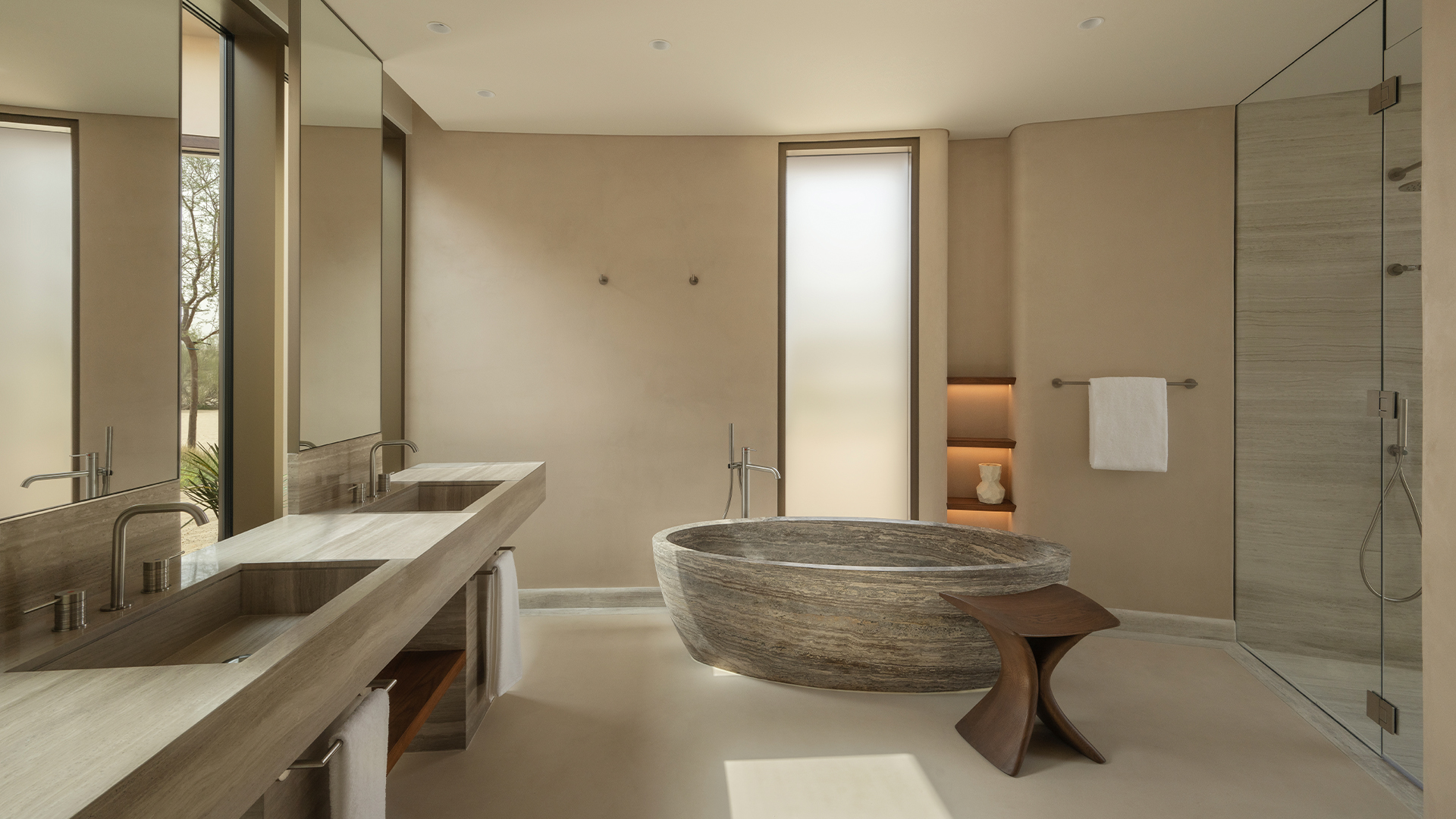You know that feeling when you walk into a space home upgrades and it just feels… right? It’s not always about having the latest trends or the most expensive furniture; often, it’s about a sense of comfort, functionality, and personal style. Our homes are our sanctuaries, the backdrop to our daily lives, and over time, they can start to feel a little less… us. Maybe the layout doesn’t quite suit your current needs, the finishes are looking a bit dated, or you’ve simply outgrown the existing features. That’s where the idea of home upgrades comes in. It’s not just about increasing property value (though that can certainly be a perk); it’s about enhancing your living experience, making your home a more enjoyable and efficient space to inhabit. Think of it as an investment in your daily well-being and the long-term comfort of your family.
Identifying Your Needs: What Areas Could Benefit the Most?
Before you even start browsing paint swatches or dreaming of new appliances, take a good hard look at your home and identify the areas that could truly benefit from an upgrade. Walk through each room with a critical eye. Are there spaces that feel cramped or inefficient? Are there maintenance issues that need addressing? Perhaps your kitchen feels outdated and doesn’t function well for your cooking style, or maybe your bathroom is lacking storage and feels more utilitarian than relaxing. Consider your lifestyle and how you use each space. Do you entertain frequently? Do you work from home? Do you have specific accessibility needs? Identifying these pain points and your desired improvements will help you prioritize your upgrade projects and ensure that your investments are focused on areas that will make the biggest difference to your daily life.
Setting a Realistic Budget: Planning for Financial Harmony
Once you have a clearer idea of the upgrades you’d like to undertake, the next crucial step is to establish a realistic budget. Home renovations can range from minor cosmetic tweaks to major structural overhauls, and the costs can vary significantly. It’s important to determine how much you’re willing and able to invest in these projects. Research the potential costs of the upgrades you’re considering, taking into account materials, labor (if you’re hiring professionals), and any unexpected expenses that might arise. It’s always wise to factor in a contingency fund of around 10-15% of your total budget to cover unforeseen issues. Having a clear financial plan will help you stay on track and avoid the stress of overspending. Prioritize your must-have upgrades versus your nice-to-haves, and be prepared to make adjustments as needed to stay within your budget.
Smart Upgrades for Enhanced Functionality: Making Life Easier
Home upgrades aren’t just about aesthetics; they can also significantly enhance the functionality of your living space. Think about improvements that can make your daily routines smoother and more efficient. This could include adding smart home technology like programmable thermostats, automated lighting systems, or smart locks for added security and convenience. Improving storage solutions throughout your home, from built-in shelving in the living room to better organization systems in your closets and pantry, can make a big difference in decluttering and maximizing space. Consider upgrades that improve energy efficiency, such as installing energy-efficient windows and doors, upgrading insulation, or switching to energy-saving appliances. These not only reduce your environmental footprint but can also lead to significant long-term cost savings on your utility bills.
Cosmetic Enhancements with a Big Impact: Refreshing Your Style
Sometimes, all a home needs is a cosmetic refresh to feel new and inviting again. These types of upgrades can often have a significant impact without requiring major structural changes. A fresh coat of paint in a new color palette can instantly transform the look and feel of a room. Updating outdated lighting fixtures can brighten the space and add a more modern touch. Replacing worn-out flooring can make a huge difference to the overall aesthetic. Even simple changes like updating cabinet hardware, replacing window treatments, or adding new throw pillows and rugs can inject new life and personality into your home. These cosmetic upgrades can be a more budget-friendly way to achieve a significant visual impact and refresh your living environment.
Investing for the Future: Considering Long-Term Value
While the immediate benefits of home upgrades are often focused on your personal enjoyment and comfort, it’s also worth considering the long-term value of your investments. Certain upgrades, such as kitchen and bathroom renovations, energy-efficient improvements, and addressing structural issues, can significantly increase the resale value of your home. When planning your upgrades, think about which projects will not only enhance your current living experience but also be attractive to potential buyers down the line. This doesn’t mean you should only choose upgrades based on resale value, but it’s a factor to keep in

